Artist Impressions
View artwork depicting Mercury and the MESSENGER mission. Also, read poems inspired by MESSENGER's historic journey. For information regarding the use of MESSENGER images and videos, see the image use policy.
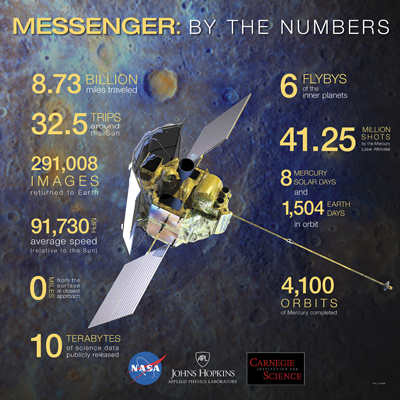
MESSENGER: By the Numbers
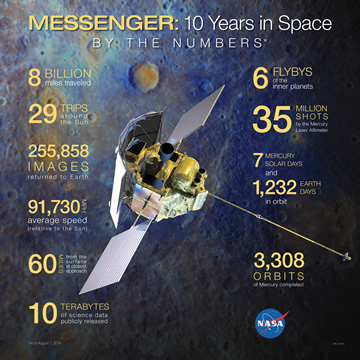
MESSENGER: 10 Years in Space
Credit: NASA/Johns Hopkins University Applied Physics Laboratory/Carnegie Institution of Washington
On August 3, 2014, the MESSENGER team celebrated the 10th anniversary of the spacecraft's launch. More details are in a news story from August 1, 2014. This graphic provides some statistics about the mission as of August 1, 2014.
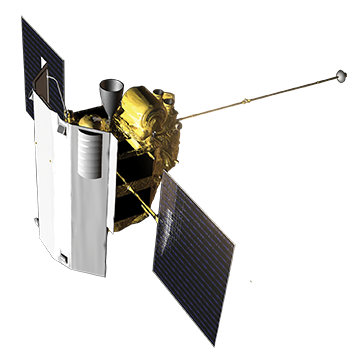
MESSENGER Spacecraft
Credit: NASA/Johns Hopkins University Applied Physics Laboratory/Carnegie Institution of Washington
Five depictions of the MESSENGER spacecraft
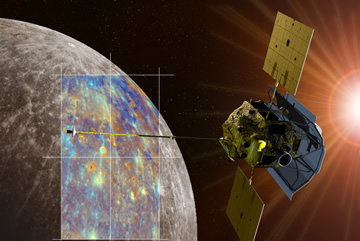
MESSENGER Near Hokusai Crater
Credit: NASA/Johns Hopkins University Applied Physics Laboratory/Carnegie Institution of Washington
A depiction of the MESSENGER spacecraft is shown passing near the crater Hokusai and its extensive system of rays. Both the monochrome and enhanced color views of Mercury were obtained during MESSENGER's second Mercury flyby.
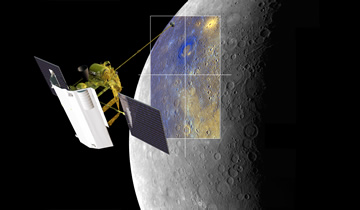
MESSENGER Views Rachmaninoff Basin
Credit: NASA/Johns Hopkins University Applied Physics Laboratory/Carnegie Institution of Washington
A depiction of the MESSENGER spacecraft is shown viewing the Rachmaninoff basin. Both the monochrome and enhanced color views of Mercury were obtained during MESSENGER's third Mercury flyby.
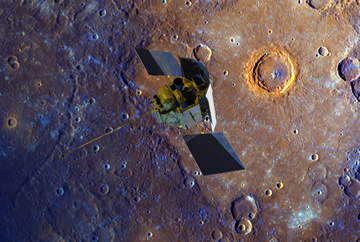
MESSENGER Over Calvino Crater
Credit: NASA/Johns Hopkins University Applied Physics Laboratory/Carnegie Institution of Washington
A depiction of the MESSENGER spacecraft is shown flying over Mercury's surface displayed in enhanced color. The crater ringed by bright orange is Calvino crater. The enhanced color imagery of Mercury was obtained during the mission's second Mercury flyby in 2008. Visit this page to learn more about this high resolution sequence of color imagery from Mercury flyby 2.
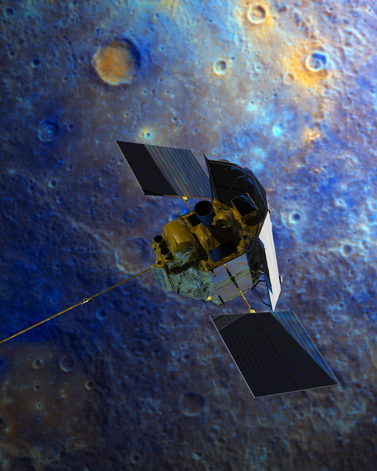
MESSENGER Flying Over a Colorful Mercury
Credit: NASA/Johns Hopkins University Applied Physics Laboratory/Carnegie Institution of Washington
A depiction of the MESSENGER spacecraft is shown flying over Mercury's surface displayed in enhanced color. The enhanced color imagery of Mercury was obtained during the mission's second Mercury flyby in 2008. Visit this page to learn more about this high resolution sequence of color imagery from Mercury flyby 2.

MESSENGER Mission Patch
Credit: NASA/Johns Hopkins University Applied Physics Laboratory/Carnegie Institution of Washington
Artwork Created Prior to the Encounter at Mercury
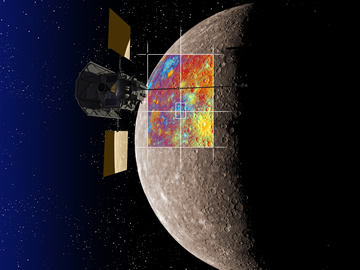
MESSENGER with Mariner 10 Views of Mercury
Credit: NASA/Johns Hopkins University Applied Physics Laboratory/Carnegie Institution of Washington
A depiction of the MESSENGER spacecraft is shown with monochrome and enhanced color views of Mercury obtained by Mariner 10 in 1974-75.
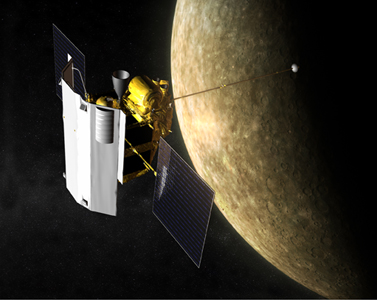
MESSENGER at Mercury
Credit: NASA/Johns Hopkins University Applied Physics Laboratory/Carnegie Institution of Washington
Shown here is an artist's impression of the MErcury Surface, Space ENvironment, GEochemistry, and Ranging (MESSENGER) spacecraft in orbit at Mercury. MESSENGER launched from Cape Canaveral Air Force Station, Fla., on Aug. 3, 2004, and began an orbital study of Mercury in March 2011. Though the Sun is up to 11 times brighter at Mercury than we see on Earth and surface temperatures can reach 450 degrees Celsius (about 840 degrees Fahrenheit), MESSENGER's instruments operated at room temperature behind a sunshade of heat-resistant ceramic fabric. The spacecraft passed only briefly over the hottest parts of the surface, limiting exposure to heat reradiated from the planet.
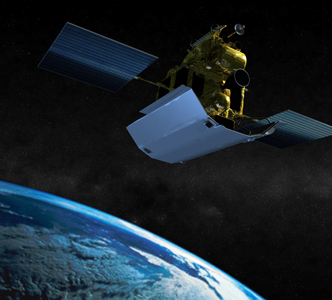
MESSENGER Departing Earth
Credit: NASA/Johns Hopkins University Applied Physics Laboratory/Carnegie Institution of Washington
Shown here is an artist's impression of the MErcury Surface, Space ENvironment, GEochemistry, and Ranging (MESSENGER) spacecraft as it leaves Earth, following its Aug. 3, 2004 launch from Cape Canaveral Air Force Station, Fla. aboard a Delta II rocket. The spacecraft flew past Earth once, Venus twice and Mercury three times before starting a yearlong orbital study of the innermost planet in March 2011.
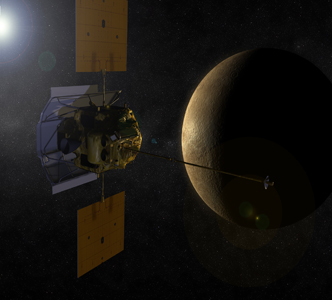
MESSENGER in Orbit (with Sun)
Credit: NASA/Johns Hopkins University Applied Physics Laboratory/Carnegie Institution of Washington
Shown here is an artist's impression of the MErcury Surface, Space ENvironment, GEochemistry, and Ranging (MESSENGER) spacecraft in orbit at Mercury. MESSENGER launched from Cape Canaveral Air Force Station, Fla., on Aug. 3, 2004, and began an orbital study of Mercury in March 2011. Though the Sun is up to 11 times brighter at Mercury than we see on Earth and surface temperatures can reach 450 degrees Celsius (about 840 degrees Fahrenheit), MESSENGER's instruments operated at room temperature behind a sunshade of heat-resistant ceramic fabric. The spacecraft passed only briefly over the hottest parts of the surface, limiting exposure to heat reradiated from the planet.
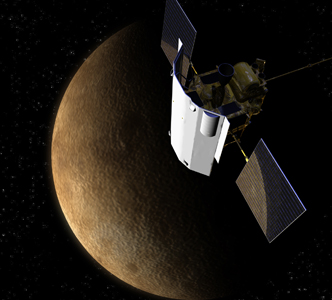
MESSENGER in Orbit (with Planet)
Credit: NASA/Johns Hopkins University Applied Physics Laboratory/Carnegie Institution of Washington
Shown here is an artist's impression of the MErcury Surface, Space ENvironment, GEochemistry, and Ranging (MESSENGER) spacecraft in orbit at Mercury. MESSENGER launched from Cape Canaveral Air Force Station, Fla., on Aug. 3, 2004, and began an orbital study of Mercury in March 2011. Though the Sun is up to 11 times brighter at Mercury than we see on Earth and surface temperatures can reach 450 degrees Celsius (about 840 degrees Fahrenheit), MESSENGER's instruments operated at room temperature behind a sunshade of heat-resistant ceramic fabric. The spacecraft passed only briefly over the hottest parts of the surface, limiting exposure to heat reradiated from the planet.
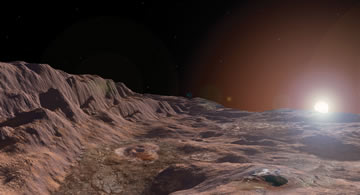
A Rupes on Mercury
Credit: NASA/Johns Hopkins University Applied Physics Laboratory/Carnegie Institution of Washington
Shown here is an artist's impression of a rupes (cliff) on Mercury. Long, steep cliffs that extend for hundreds of kilometers are seen on Mercury's surface in both Mariner 10 and MESSENGER images. These giant cliffs are believed to have formed when Mercury's interior cooled and the entire planet shrank slightly as a result.
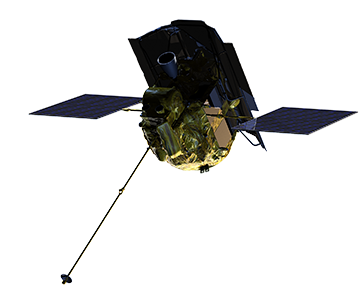
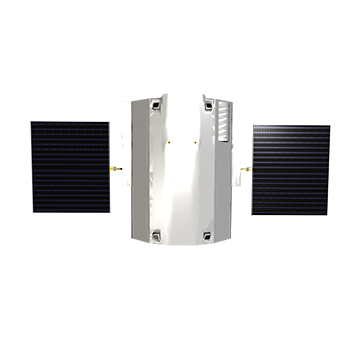
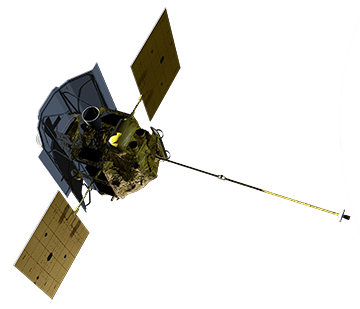
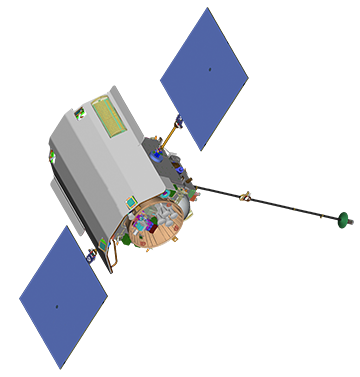
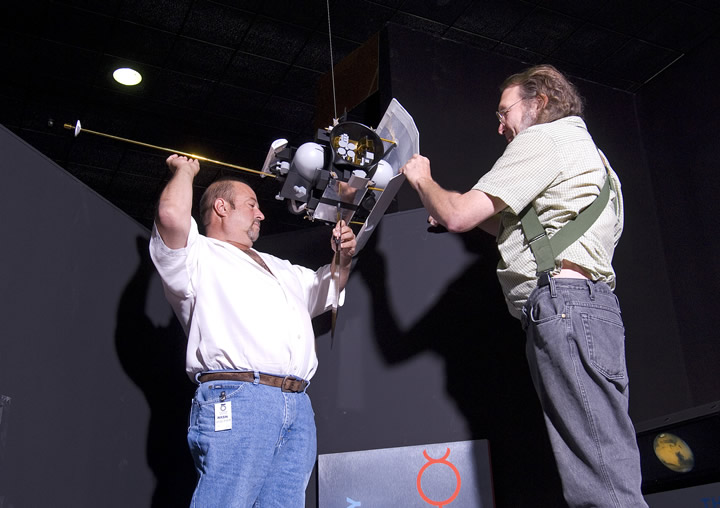
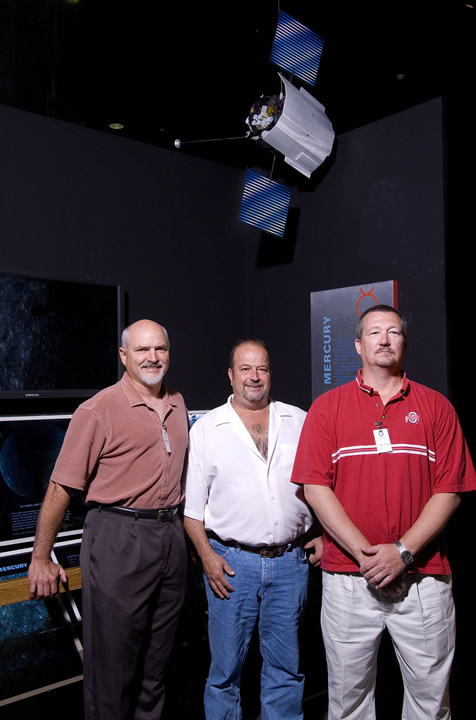
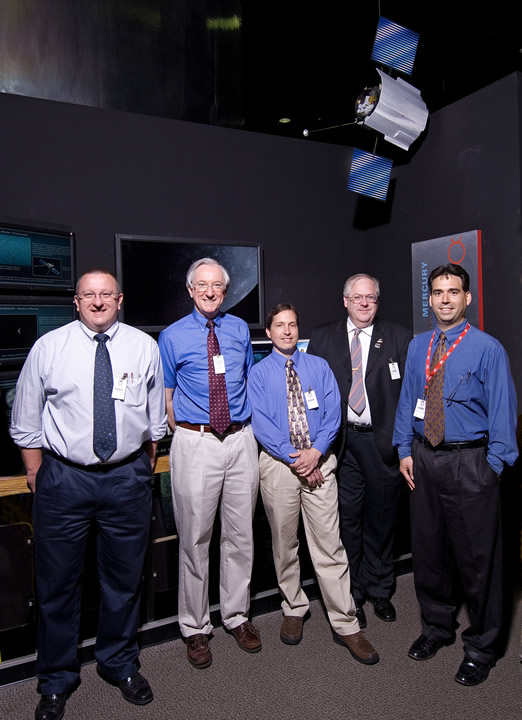
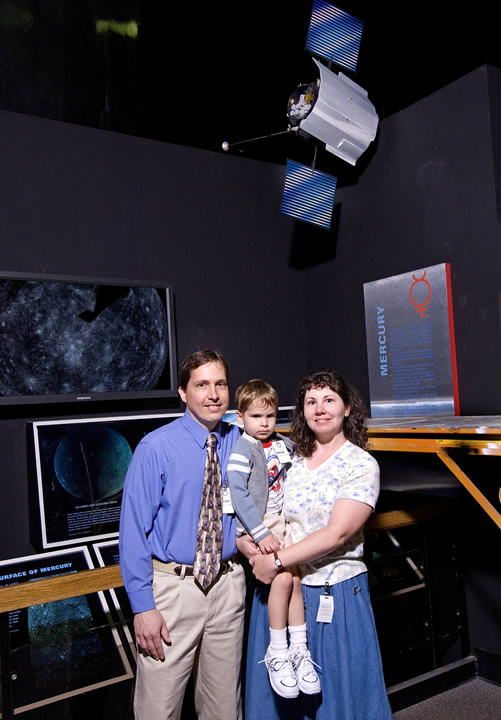
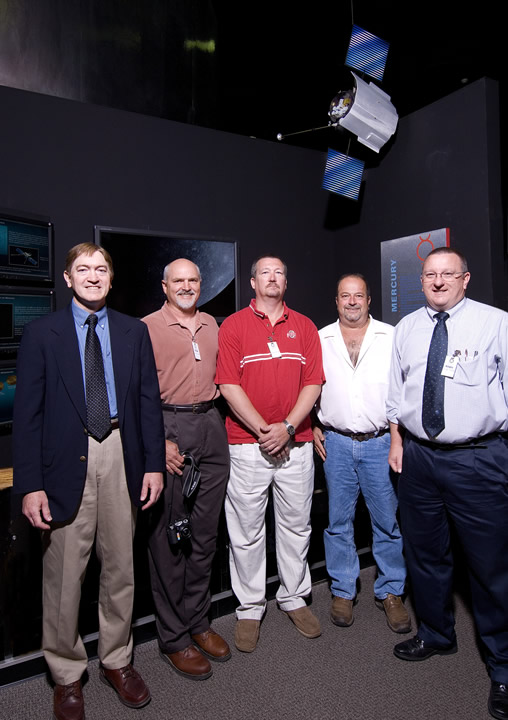

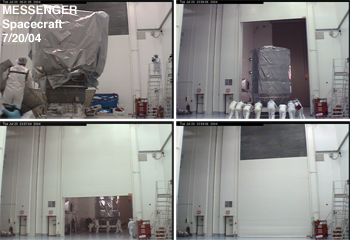
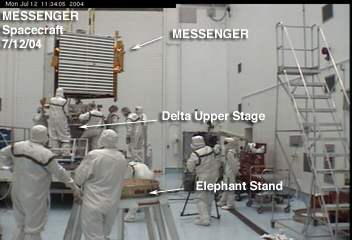
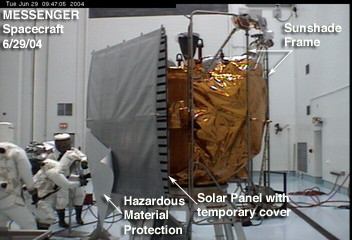
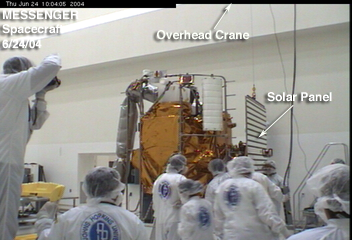
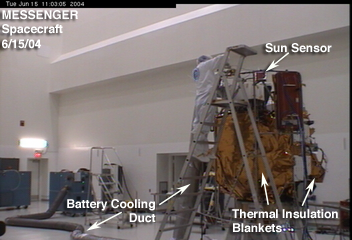
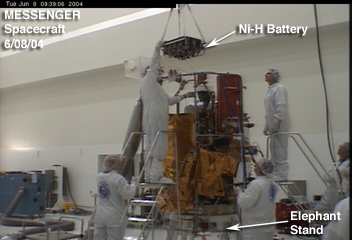
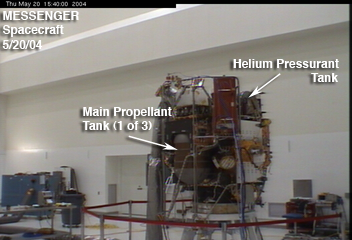
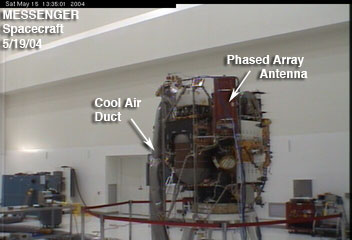
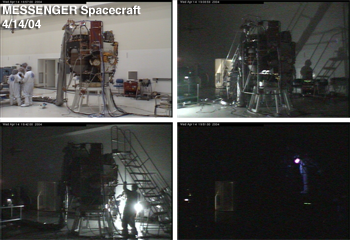
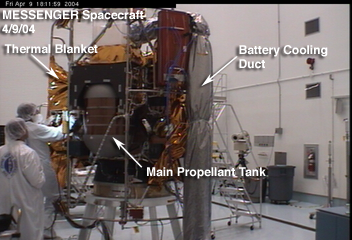
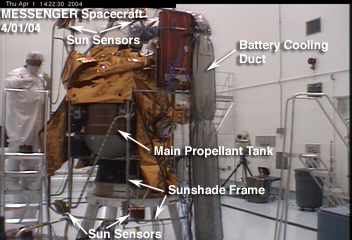
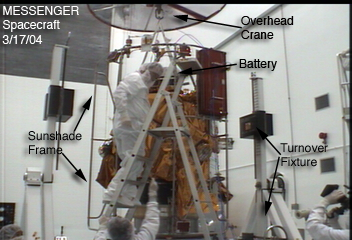
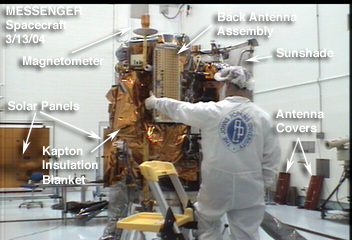
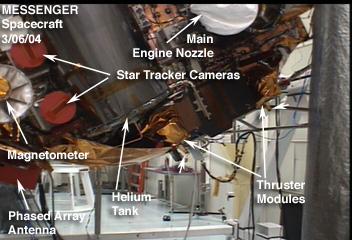
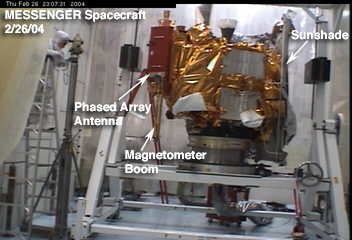
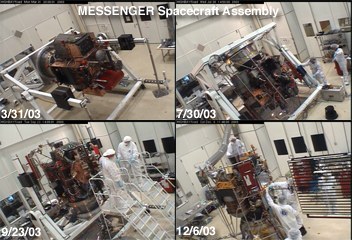
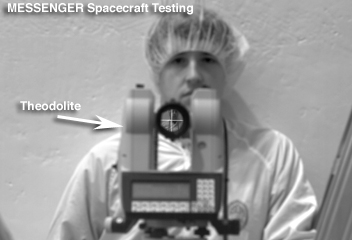

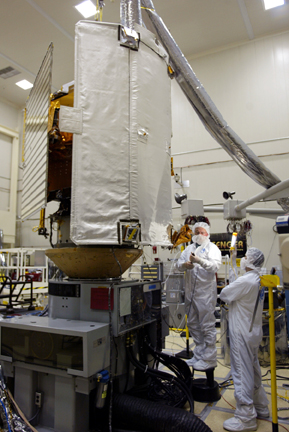

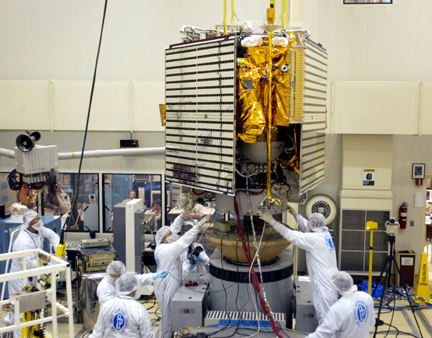
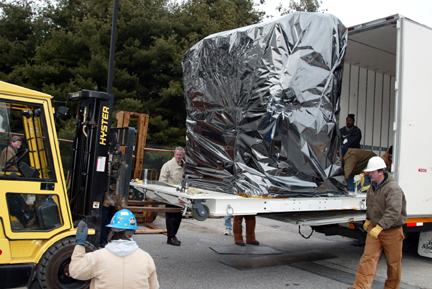

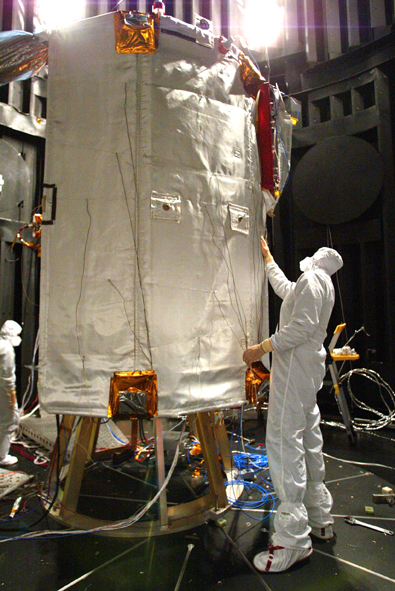

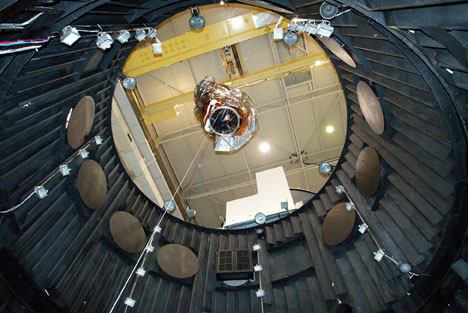
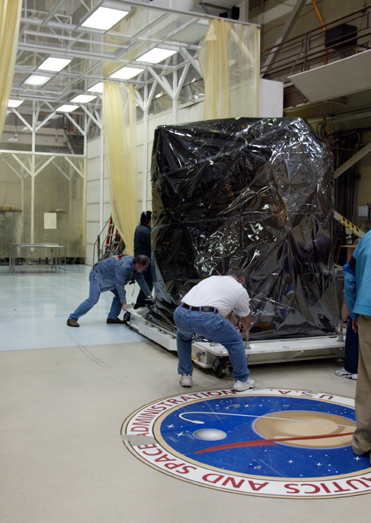
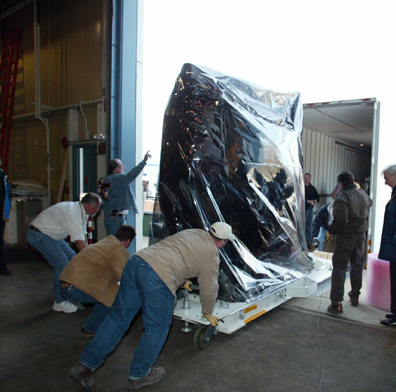
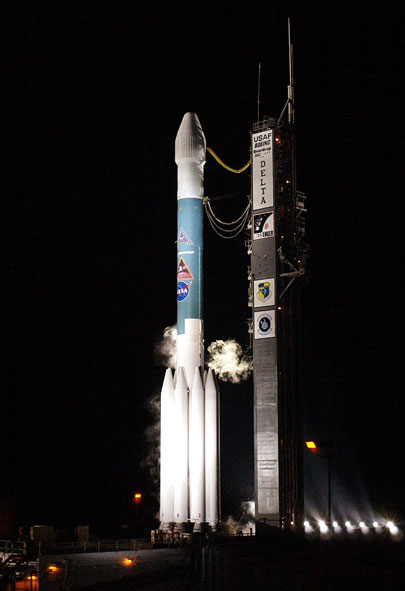

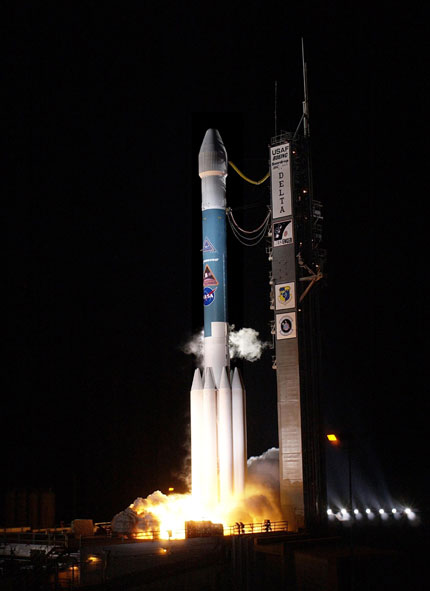
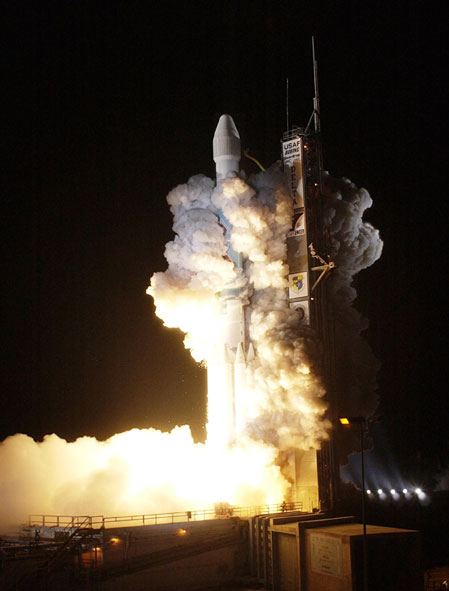
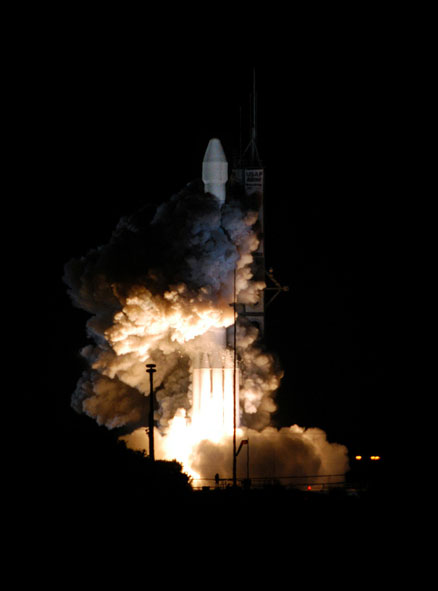
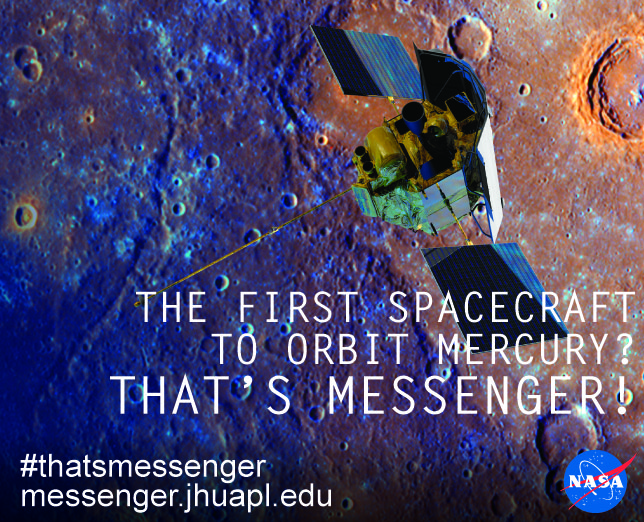
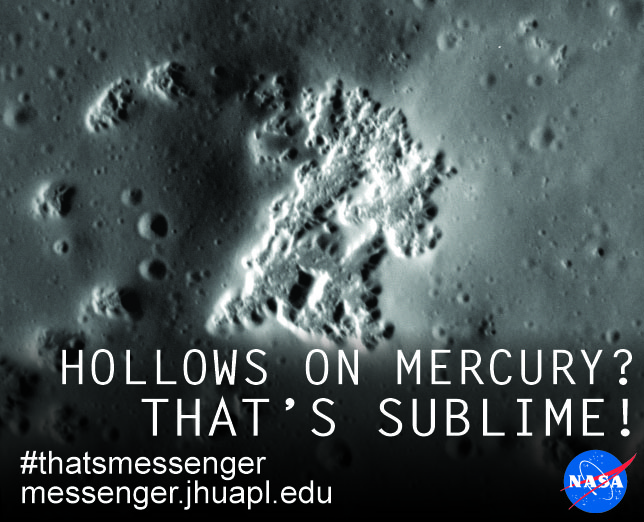
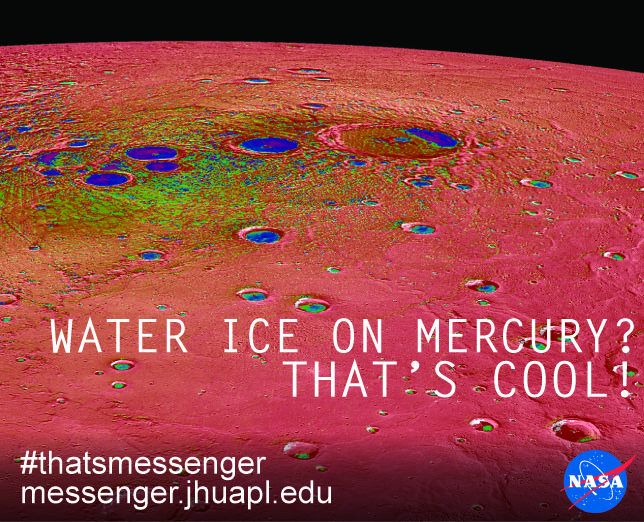
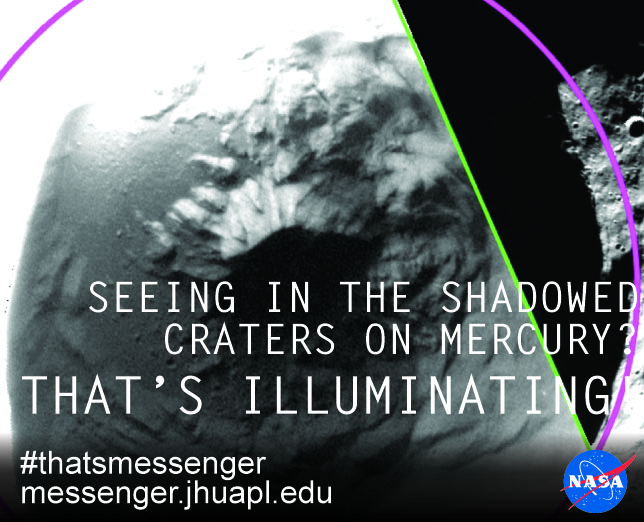
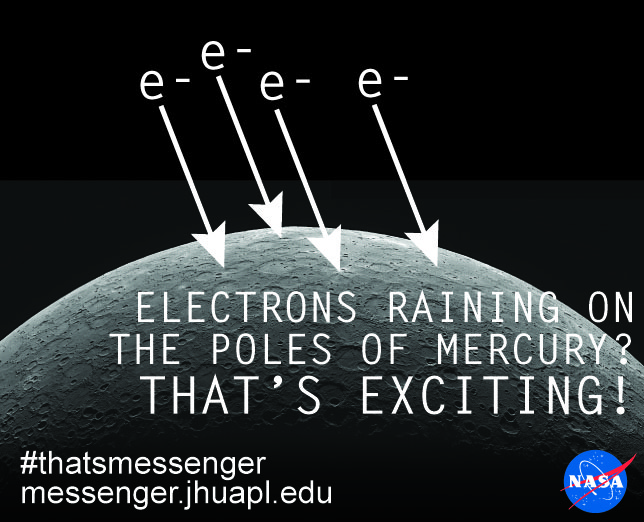
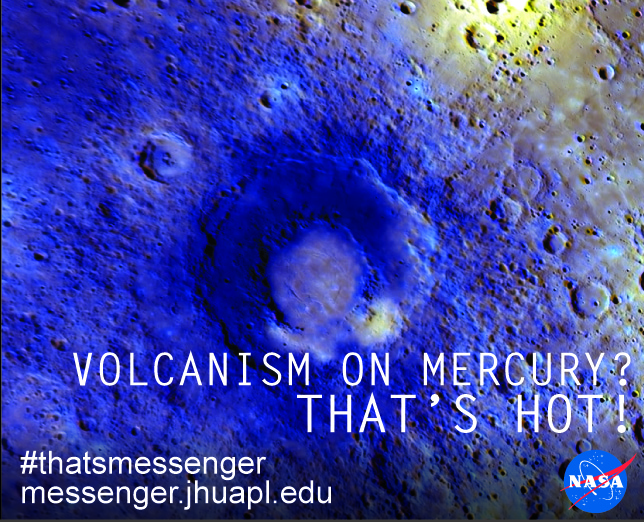

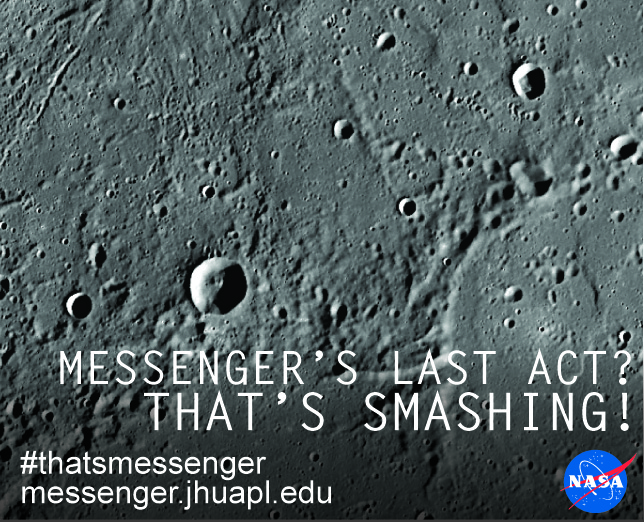
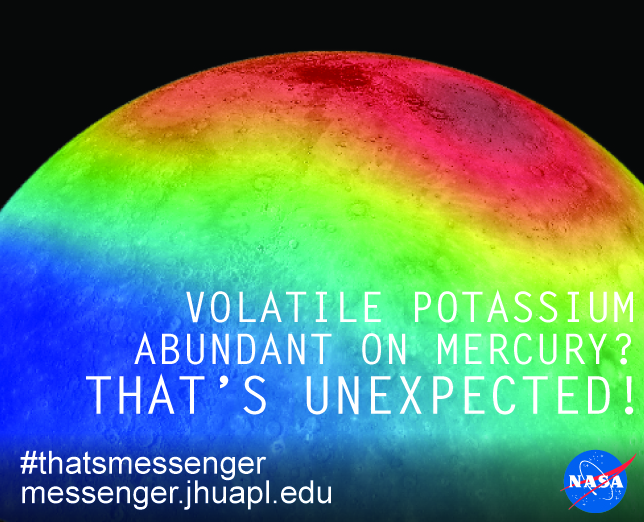

Credit: NASA/Johns Hopkins University Applied Physics Laboratory/Carnegie Institution of Washington
After traveling over 8 billion miles and orbiting Mercury for over four years, MESSENGER's operational mission came to an end on April 30, 2015, when the spacecraft depleted its fuel and impacted Mercury's surface. This graphic provides some statistics about the accomplishments of the mission.